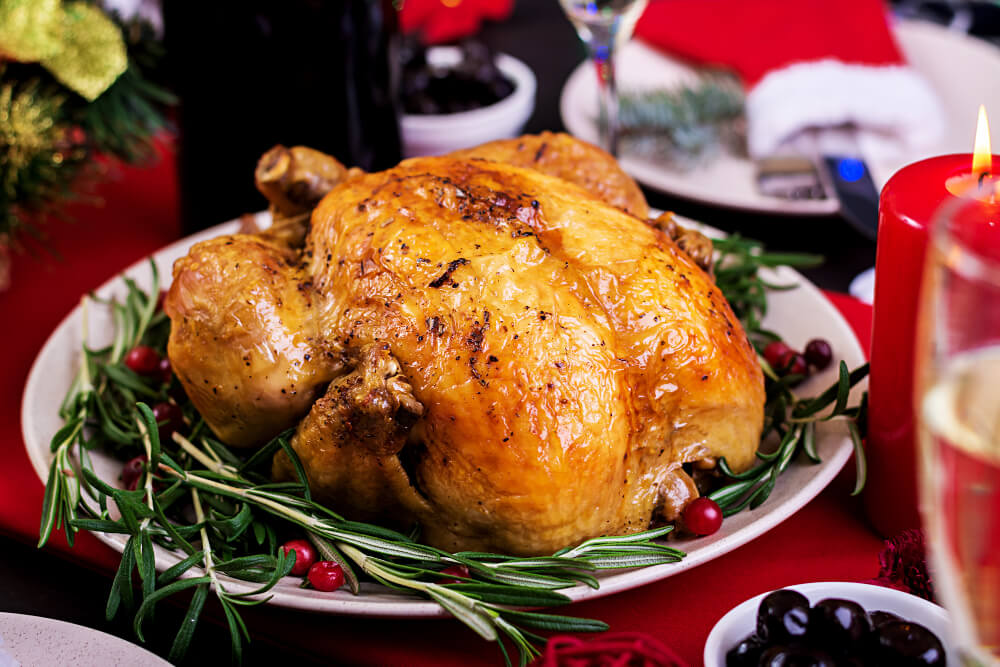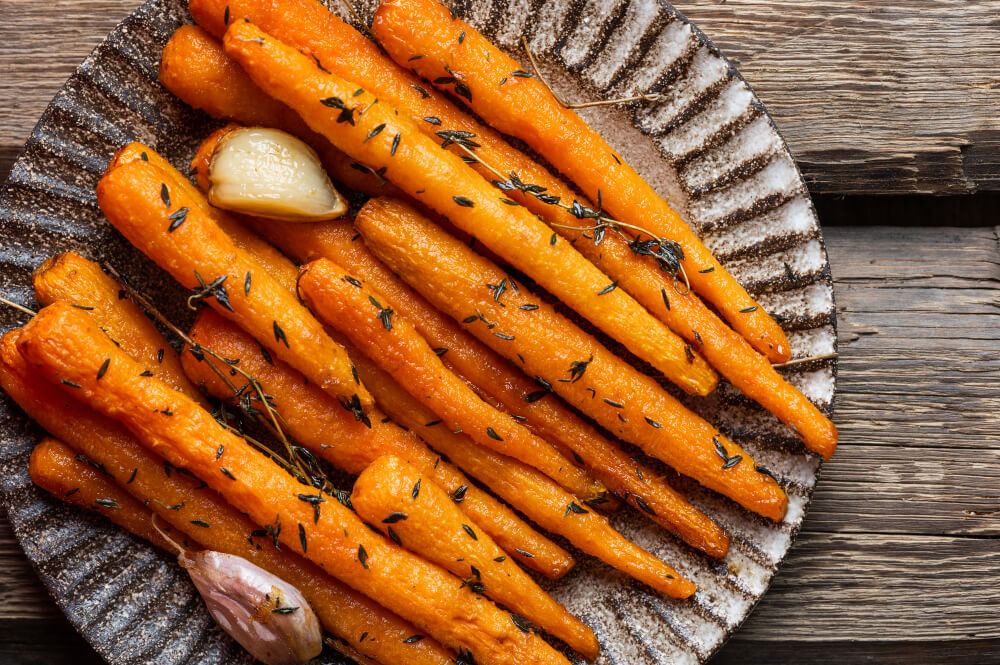 When it comes to kitchen essentials, wood cutting boards are a must-have item. However, after years of use, they can become dull and unhygienic. If you're in this situation, don't worry because refinishing your wood cutting board can make it look brand new and restore its function. The process involves sanding and treating the surface to remove nicks, scratches, and stains. By doing this, you can not only extend the life of your cutting board but also make it more hygienic by removing any bacteria that may have accumulated over time.
When it comes to kitchen essentials, wood cutting boards are a must-have item. However, after years of use, they can become dull and unhygienic. If you're in this situation, don't worry because refinishing your wood cutting board can make it look brand new and restore its function. The process involves sanding and treating the surface to remove nicks, scratches, and stains. By doing this, you can not only extend the life of your cutting board but also make it more hygienic by removing any bacteria that may have accumulated over time.
This step-by-step guide will show you how to restore an old cutting board like a pro. You'll learn what materials you'll need and the techniques you should use. Whether you're an experienced DIYer or new to the craft, this guide is perfect for you. By the end of the guide, you'll have the skills to restore your old board and give it a new lease on life. With a little bit of effort and a few basic tools, you'll have a cutting board that looks great and works even better, so you can continue to use it for years to come with confidence.
Step 1: Gather Your Supplies
Materials needed to refinish a wooden cutting board:
1. Sandpaper (80-grit, 100-grit, 150-grit, 220-grit, really up to you): Sandpaper is essential to remove any knife marks, scratches, or stains on the board surface. The coarse grits (100 and 150) will be used first to remove the top layer, while the finer grit sandpaper (220) will be used to smooth out the surface.
2. Orbital Sander. Using an orbital sander can speed up the sanding process significantly.
3. Cutting board Oil: is used to condition and protect the wood after it has been sanded. It helps to prevent the wood from drying out and cracking, as well as providing a protective layer to repel water and other liquids.
4. Beeswax or butcher block conditioner: Beeswax or butcher block conditioner can be applied to the surface of the chopping board to provide an extra layer of protection against moisture and bacteria.
5. Oil applicator used to apply the oil onto your board's surface is optional but highly recommended. It's an ideal tool because it prevents mess and helps you save on oil by only using what is necessary. Additionally, it includes a convenient cap for storage.
6. Clean, dry cloth: A clean cloth to wipe down the cutting board after each step in the refinishing process.
7. A Sanding block: can be used to hold the sandpaper and provide a more even sanding surface. It also helps to prevent your fingers from accidentally sanding the board's surface.
8. A dust mask - This is a must-have. Wood dust particles are pretty harmful to our lungs.
Step 2: Prepare Your Workspace
Creating a safe and comfortable workspace is essential when resanding a cutting board. Before you begin, make sure you have enough space to work. If possible, do it in your garage or another well-ventilated area as there will be some dust. Ideally, set up a table outside where you can work.
To prevent the board from moving while you sand it, use anti-skid pads or rugs to hold it in place. This will make the process faster and easier.
Step 3: Remove the Old Finish
Properly wash it first; it's recommended to use hot soapy water or a damp cloth and a scrub brush to remove any debris or residue. After washing, thoroughly rinse it, and wipe it with a clean towel. and let the board to dry completely upright.
It's important to note that wood boards should never be submerged in water or put in the dishwasher, as this can cause the wood to warp or crack.
To remove the old finish, start sanding your board. The appropriate grit of sandpaper will depend on the board's condition, with lower grits like 60 or 80 for deeper scratches and higher grits like 120 or 150 for smoother surfaces.
To achieve a silky smooth finish, you can use a fine-grit sandpaper-like 220.
Step 4: Apply Cutting Board Oil
Now that the board is sanded, it's time to condition it. To do this, apply generously mineral oil to the entire surface of the board. Use an applicator or a clean, dry cloth to spread the oil evenly over the entire board, making sure to cover all the edges and corners.
Allow the board to absorb the seasoning for about 30 minutes. If you want, you can remove the excess with a paper towel. If the wood still looks dry after this time, you can apply another coat of mineral oil. Repeat this process until you fill that it has enough.
Types of wood seasoning:
There are different types of seasoning that you can use to keep your boards in excellent condition.
Mineral oil is a popular choice because it's food-safe, won't turn rancid, protects the board very well, and enhances the board's look.
Beeswax is also a food-safe finish that gives a natural look to the wood and is water-resistant, which can help protect it from stains and scratches.
MCT oil (fractioned coconut oil) is another option that moisturizes and protects the wood from cracking or warping. It repels water and other liquids, which helps prevent stains and bacteria growth. MCT oil is food-safe and easily absorbed, making it a great option for maintaining the appearance and lifespan of your wooden boards.
Step-by-step instructions:
1. Apply the seasoning using a clean cloth or brush. Make sure to apply an even coat, and avoid leaving any areas uncoated.
2. Let the board absorb all the conditioning.
3. Repeat this process for additional coats, if desired.
Step 5: Apply Beeswax or Butcher Block Conditioner
Once the mineral oil has been absorbed, you can apply a layer of wax or butcher block conditioner to the surface. This will provide an additional layer of protection against moisture and bacteria.
To apply the wax or butcher block conditioner, use a clean cloth and rub a small amount of the product onto the surface. Be sure to cover all the edges and corners.
Allow the wax or butcher block conditioner to absorb into the board for about 30 minutes. Once the product has been absorbed, you use a clean cloth to buff the board until it shines.
Step 6: Let the Finish Dry
Place the board in a well-ventilated area and allow it to air dry completely for a few hours before using it again. Once it's completely dry, it's ready to use!
Regular maintenance guarantees your newly refurbished wooden cutting board will stay in great shape for years.
FAQs
How often should I resand my wood board?
You may only need to do this once every few years if you take good care of your board. Signs that it's time to resand your cutting board include:
- Deep cuts or gouges that can't be sanded out.
- Stains that won't come out with cleaning.
- An overall rough or dry surface.
To extend the life of your board and minimize the need for refinishing, keep it clean and dry after each use, avoid exposing it to extreme temperatures or moisture, and regularly oil it with a food-grade oil or butcher block conditioner.
How can I protect my wood board from water damage?
At Mevell, we take pride in shipping only ready-to-use seasoned cutting boards. To maintain the board's quality, all you need to do is condition it with a thin layer of mineral oil once a month or more often if you regularly cut meats and wash it frequently.
Additionally, you should disinfect the board regularly, following our guide on disinfection. After disinfecting, apply a light layer of conditioner to help protect the board from moisture. These simple steps will keep your wooden cutting board in good condition and protect it from water damage.
What finishes to avoid?
• Polyurethane: This finish is for furniture only, and it is not food-safe and should never be used on food surfaces.
• Tung oil: Tung oil is a natural oil that provides a protective finish to the wood. It's water-resistant and can help protect it from stains and scratches. However, it takes longer to dry and may require more coats than other finishes. Thus we are not recommending it for butcher cutting blocks.
• Vegetable Oils - they can go rancid over time, making them not recommended for use as they can negatively impact the appearance and safety of the board.
• All Varnishes - This can create a non-porous surface that can trap bacteria and can chip or peel over time, potentially contaminating food, and making the cutting board unsafe for food preparation.
Final Words
Refinishing your old wooden cutting board is an essential task to keep it in top condition and extend its lifespan. By following the step-by-step guide we provided, you can easily refinish your cutting board with just a bit of effort and some basic materials. Remember to prepare your workspace, remove the old finish, clean the board thoroughly, apply a new finish, and let it absorb completely before using it again.
Now if you feel that your old board is past its best days, you can always take a look at our collection of handcrafted wood boards.
Next Read: Bamboo vs wood cutting boards: The Pros and Cons You Should Know About



